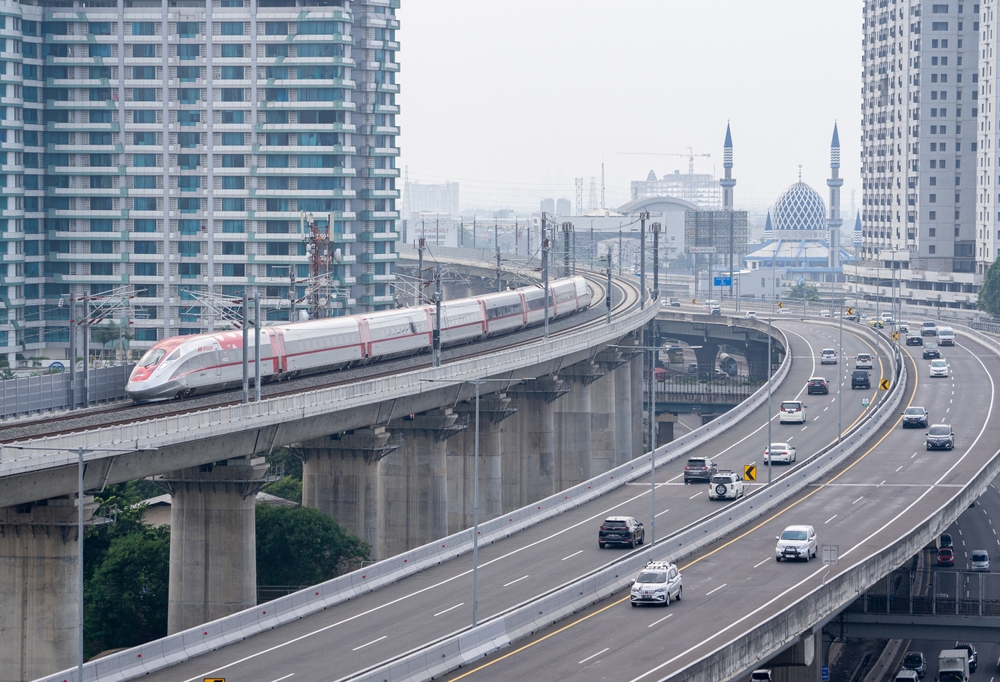
Investment opportunities in the transportation sector play a vital role in a country’s economy, both at national and global levels.
This sector acts as a connector between different regions and markets, improving logistics efficiency across regions and even between countries.
The transportation sector offers significant investment opportunities for investors, but it also comes with complex challenges.
This article will discuss the various opportunities and challenges of investing in the transportation sector and how to begin investing in this field.
Investment Opportunities in the Transportation Sector
Investing in the transportation sector offers numerous benefits that can drive economic growth and create positive social impacts.
One key investment opportunity is the ease of reaching specific destinations, which indirectly plays a significant role in public mobility.
Good transportation infrastructure, such as highways, railways, and airports, allows for faster and more efficient movement of people and goods.
For example, the Jakarta MRT project, which has reduced traffic jams by up to 30% in certain areas, has significantly impacted mobility in large cities.
Logistics efficiency also improves significantly with investment in modern transportation infrastructure. Studies show that infrastructure improvements can reduce logistics costs by up to 15%, which is particularly advantageous for countries with vast territories like Indonesia.
Additionally, the development of toll roads, such as the Trans-Java highway, has reduced operational costs for freight trucks by up to 20%, directly benefiting the business sector.
Challenges of Investment in the Transportation Sector
Although the transportation sector offers many opportunities, investments in this field also face several challenges that need to be carefully anticipated. A major obstacle is the intricate and highly regulated framework governing business operations in Indonesia.
The lengthy and complicated bureaucratic processes often hinder the execution of transportation projects.
According to reports, around 25% of transportation infrastructure projects face delays due to issues with permits, which are frequently subject to changes, creating uncertainty for investors.
Cost is also a significant barrier. Building transportation infrastructure requires substantial capital. For instance, the Jakarta-Bandung high-speed train project, “Whoosh”, has an estimated cost of around IDR 86 trillion.
Additionally, the instability of the global economy makes raising funds difficult. High interest rates further add to the financial burden for investors. Land availability also poses a challenge in project development, as acquiring land for transportation often involves lengthy negotiations and even social conflicts.
Tips for Investing in the Transportation Sector
To ensure the smooth implementation of investment opportunities in the transportation sector, several strategies and actionable steps can be considered.
- Market research
First, conducting in-depth market research is crucial. Investors must understand market trends, risk analysis, and the applicable regulations.
In-depth research enhances investment decision-making and mitigates potential risks.
Additionally, partnering with local stakeholders is a wise step.
- Maximize the use of new technology
Next, leveraging the latest technologies, such as Intelligent Transport Systems (ITS), can improve operational efficiency and help comply with stringent environmental regulations.
- Investment diversification
The next step is investment diversification. By spreading investments across various transportation sectors, such as highways, railways, and maritime transport, investors can reduce risks that may arise in a specific area.
Focusing on sustainability and social responsibility is equally important. Environmentally friendly transportation projects attract investors who care about social issues and can enhance the company’s image.
- Dependence on government funding
Finally, leveraging government funding and incentives can be an additional advantage. Governments often provide financing programs that can reduce cost burdens and support the smooth execution of transportation projects.
Investment opportunities in the transportation sector can be up-and-coming, but careful planning is necessary when starting. This way, investors can optimize their investments and achieve promising profits.

